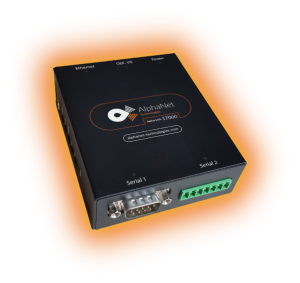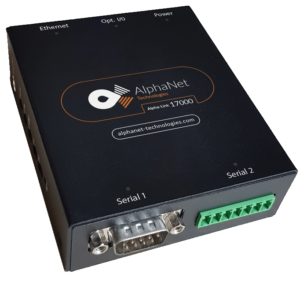Overview
This driver supports the A.O. Smith Propietary Device Network (PDN) master protocol, which is mainly used in A.O. Smith Boiler products.
MASTER SETTINGS
Baud Rate
Fixed at 19.2kbaud
Parity
Fixed at not parity (1 stop Bit)
Timeout
Sets the time in milliseconds and the driver will wait for response from a device after sending a request
Scan Rate
This is the time in milliseconds the driver will wait between sending request. This is a useful feature for certain devices or infrastructure components (such a radio modems) that may not be capable of sustaining the maximum packet rates that the driver is capable of sustaining the maximum packet rates that the driver is capable of producing. The start time for this delay is taken with respect to the moment at which the driver is capable of sending the next packet ( due to either reception or timeout of the previous request ). If no additional time is required, setting this field to 0 instructs the driver to send its next request packet soon as possible.
Service Object Settings
The PDNP master driver uses service objects to define the parameter values to read from or write to the slaves. Each parameter in a service object is mapped 2 bytes in the internal database (the data size is fixed at 16-bit, as this is the native data size of PDNP parameters)
Description
This 32-character (max) field is strictly for the user reference: it is not used at any time by the driver.
Destination Address
Indicates the destination address of the device on the network that will be accessed by this service object. Enter a value between 0 and 31 to target a especific device.
Start parameter
Defines the starting parameter number (0…126) for range of parameters associated with this service object.
Number of Parameters
Define the database address where the first parameter if this service object will be mapped. This configuration will not allow entry of starting database address that will cause the service object to run past the end of the database. The highest calid database address, therefore, depends on the numer of parameters to be accessed.
Data Type
Fixed at 16-Bit Unsignied.
Multiplier
That amount that associated network values are scaled by prior are stored in the database or after being retrieved from the database. Upon retrieval from database, raw data is multiplied by the multiplier to produce a network value (to be sent to the device). Similarly network values (read from the device) are divided by the multiplier before being store into the database.
Read parameter
Check to enable reading: the service object will continously read from the device unless a pending write exist.
Write parameter
Check to enable writing: when values encompassed by this service object change in the internal database, these changes will be written down to the targeted device.
Diagnostic Object
Each service object can optionally include a diagnostics object for debugging and diagnostics.
Diagnostics and Database Address
Enter the database address at which to store the diagnostics information.


